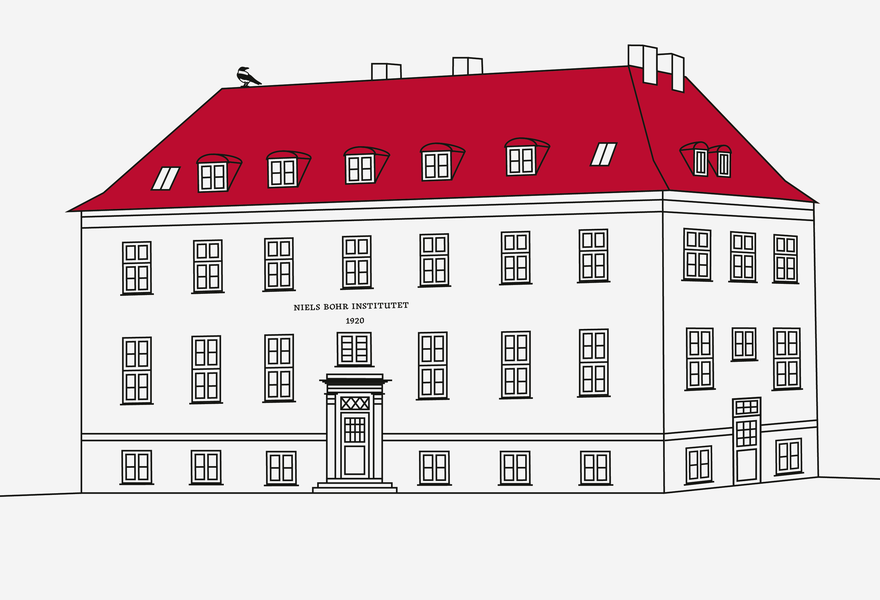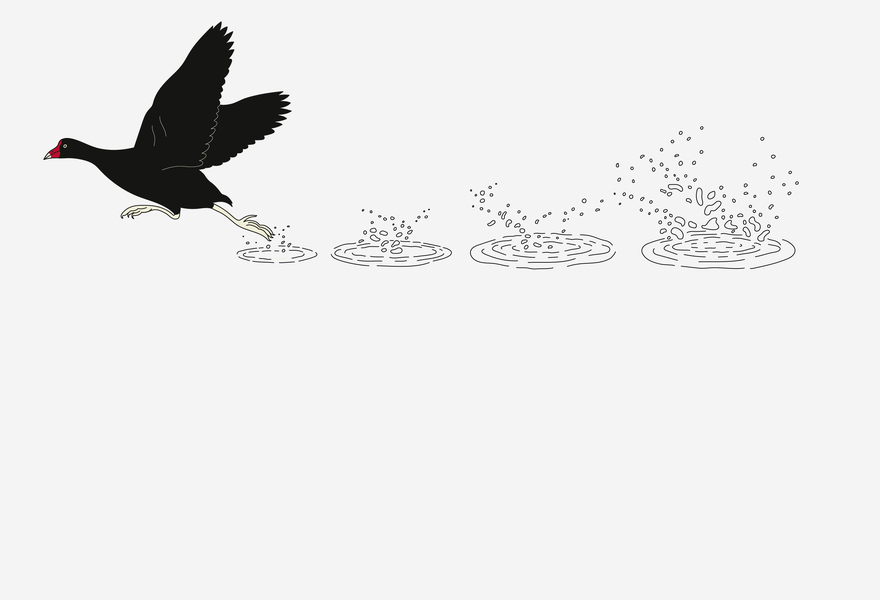About
Black holes are the most amazing macroscopic objects in the universe. According to Einstein’s General Relativity, their exterior is extremely simple, while their interior holds the failure of the underlying theory. There are thus strong reasons to tests black hole spacetimes, an endeavor made possible by gravitational-wave astronomy. Black hole spectroscopy using gravitational waves is an active field of research, which witnessed a number of important results in the last few years.
Ringdown inside and out will gather some of the world experts in numerical relativity, black hole perturbation theory and data analysis to discuss the status of the field and prospects ahead. The meeting, organised by the Strong group at the Niels Bohr Institute, will take place at the Danish Architectural Center from August 22 to August 24 (ending at lunchtime), 2024.
The Niels Bohr Institute carries an important legacy in physics and is one of the leading institute in theoretical and experimental physics. Participants will have the occasion to visit the Institute, and hear about its tumultuous history. Copenhagen is a very enjoyable and beautiful city, and as the capital of Denmark has plenty of wonderful attractions and is easy to reach. The entire Nordic region has plenty to offer on both cultural and naturalistic sides, and is a remarkable place for summer vacations.
About the Niels Bohr Institute

The Niels Bohr Institute was formally opened on 3rd of March 1921, the inauguration having been delayed by a famous pandemic, the Spanish flu. The NBI is renowned in Denmark and an attraction site for the society at large (it’s not uncommon to see families stopping outside the institute to take pictures). The Institute is famous for the many scientific breakthroughs that took place within its premises. The structure of the atom and the explanation of the periodic table, together with breakthroughs in nuclear physics, all took place here. The famous Copenhagen interpretation of Quantum Mechanics was developed at NBI by Bohr and many other collaborators. Fermi's golden rule was developed by Paul Dirac while also at NBI. And the NBI conferences were famous for its informality and impact.
Since its founding the institute has attracted physicists from all over the planet who come to the institute to work and collaborate and perhaps to be immersed in that unique scientific atmosphere that Heisenberg once defined as the “Copenhagen spirit”. Today the institute has grown well beyond Niels Bohr’s initial project and it now comprises of some ten buildings and more than a 1000 strong staff and students whose research spans all areas of Physics.
After more than a century at the vanguard of Physics, the institute has spawned many legendary stories, but to hear them all you will need to take the historical tour to the Niels Bohr Institute.
Code of Conduct: This meeting aims to provide a safe and comfortable environment for scientific interactions. All participants. are bound to the Niels Bohr Institute Code of Conduct. If any issues arise during or related to the RIO meeting, please contact Kristjansen (kristjan AT nbi.dk) or Niels Obers (obers AT nbi.ku.dk)
Scientific organizing committee
Vitor Cardoso, Gregorio Carullo, Shilpa Kastha, Emanuele Berti, Lionel London.
Local organizing committee
Vitor Cardoso, Gregorio Carullo, Marina de Amicis, Rodrigo Panosso Macedo, Marica Minucci, Julie de Molade, Shilpa Kastha, Jaime Redondo Yuste.
Illustration and design
Ana Carvalho
Web development
João Vasconcelos
About our mascot
The Common Moorhen (Gallinula chloropus) is a water bird that lives around lakes, ponds and wetlands. It is a member of the Rallidae family which also includes other gallinules like the coots with whom they are often confused.
The moorhen’s feet lack the webbing commonly found in most aquatic birds, but they are very good swimmers. With their long toes they are able to walk through floating vegetation and muddy banks. They seldom fly, often choosing to move close to the water surface in what looks like a mixture of flying and running.
Take a stroll around the Copenhagen Lakes and you may be lucky enough to see them performing the amazing feat of running on water.
